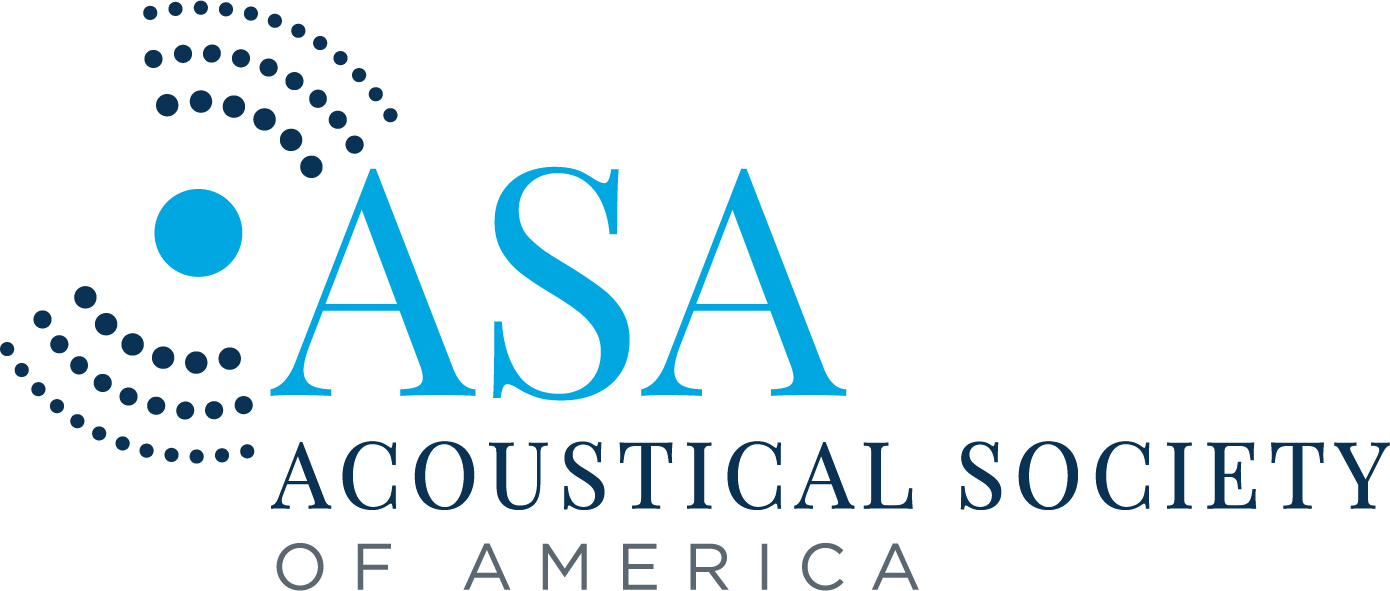Most Downloaded Journal Articles of 2023
One of our favorite things to do in the Publications Office at the end of the year is to look back and see which articles ended up getting read the most over the course of the year. In that time, we publish hundreds of articles across our three journals, The Journal of the Acoustical Society of America (JASA), JASA Express Letters, and The Proceedings of Meetings on Acoustics (POMA). Publications span topics from all fourteen technical committees in the Acoustical Society of America, so it’s always a bit of a surprise to see which of the many diverse topics our journals cover end up piquing readers’ interest the most.
Today, we’d like to share the most downloaded articles with you, so you can see the research that’s currently making an impact in the field of acoustics. Here are the three most downloaded articles from each journal in 2023:
JASA
- Intelligibility as a measure of speech perception: Current approaches, challenges, and recommendations – Melissa M. Baese-Berk, Susannah V. Levi, Kristin J. Van Engen
From the Special Issue on Reconsidering Classic Ideas in Speech Communication, this article points out the strengths and limitations of using intelligibility measures as metrics for speech perception.
- Noise-induced hearing disorders: Clinical and investigational tools – Colleen G. Le Prell, Odile H. Clavier, and Jianxin Bao
This editorial introduces the special issue of the same name. (For an even more in-depth overview of the issue, check out this conversation we had with the editors on Across Acoustics!)
- SoundScape learning: An automatic method for separating fish chorus in marine soundscapes – Ella B. Kim, Kaitlin E. Frasier, Megan F. McKenna, Annebelle C. M. Kok, Lindsey E. Peavey Reeves, William K. Oestreich, Gabrielle Arrieta, Sean Wiggins, Simone Baumann-Pickering
The third most-downloaded article from JASA this year is another Special Issue article, this time from the Special Issue on Fish Bioacoustics: Hearing and Sound Communication. This paper proposes an automated method for separating fish chorus from the environment, which could potentially help with research that will aid in the protection of vulnerable fish species.
JASA Express Letters
- Space Launch System acoustics: Far-field noise measurements of the Artemis-I launch – Kent L. Gee, Grant W. Hart, Carson F. Cunningham, Mark C. Anderson, Michael S. Bassett, Logan T. Mathews, J. Taggart Durrant, Levi T. Moats, Whitney L. Coyle, Makayle S. Kellison, and Margaret J. Kuffskie
The most downloaded JASA Express Letters article for the year received quite a bit of attention for research into the noise of NASA’s Space Launch System, including a press release and an episode of Across Acoustics!
- Distributed acoustic sensing recordings of low-frequency whale calls and ship noise offshore Central Oregon – William S. D. Wilcock, Shima Abadi, and Bradley P. Lipovsky
This Editor’s Pick analyzed the use of distributed acoustic sensing for monitoring the ocean.
- Lead-vocal level in recordings of popular music 1946–2020 – Karsten Gerdes and Kai Siedenburg
This research exploring a central aspect to music mixing was featured in a press release and an episode of our podcast.
POMA
- Acoustical worship ambience of Spanish Franciscans built churches: Nossa Senhora do Pilar (Goa) and Mission Concepcion (Texas) – Menino Allan S. M. Peter Tavares and Susan Wiseman
This article based on a presentation from the 184th ASA meeting in Chicago identified character defining acoustical differences between two historic churches.
- Microphone vibration sensitivity: What it is, why it is important, and how to measure it – Charles B. King and Chris Monti
This article from the 183rd ASA Meeting in Nashville discusses methods for measuring hearing aid microphones’ sensitivity to intrinsic vibration, which can cause feedback that is difficult to resolve.
- A Review of Technical Inventions to include deep Bass Tones into Pipe Organs despite Space Constraints – Frank Hergert and Paul Hale
This research presented at the Fourth Vienna Talk on Music Acoustics explored ways to produce deep-bass tones in pipe organs when you don’t have a space the size of a cathedral to house said organ.
We hope you enjoy these articles as much as we did! Thank you to our authors for a sharing their research with us this year, and thank you to our readers for turning to our publications to find the latest in theoretical and experimental research results in the broad interdisciplinary subject of sound.









